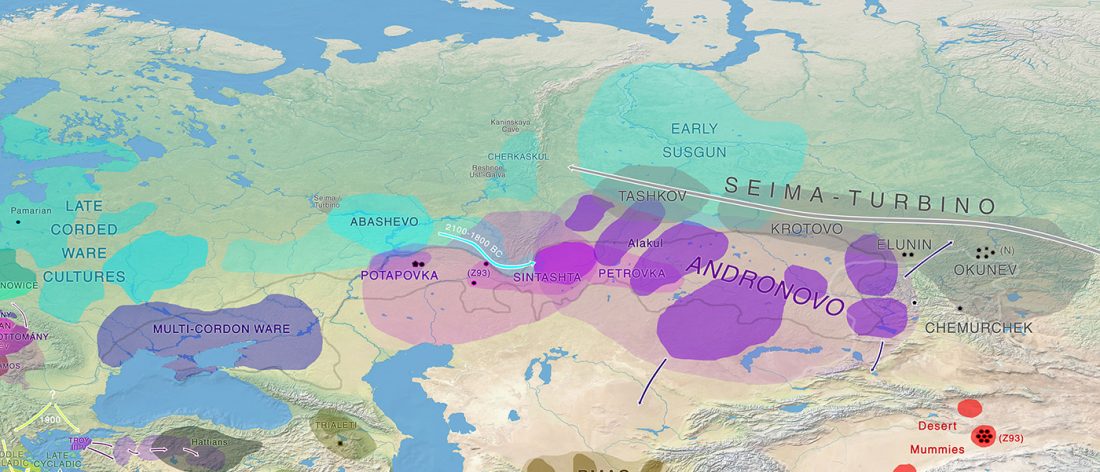Open access preprint at bioRxiv, Ancient Fennoscandian genomes reveal origin and spread of Siberian ancestry in Europe, by Lamnidis et al. (2018).
Abstract (emphasis mine):
… Read the rest “Oldest N1c1a1a-L392 samples and Siberian ancestry in Bronze Age Fennoscandia”European history has been shaped by migrations of people, and their subsequent admixture. Recently, evidence from ancient DNA has brought new insights into migration events that could be linked to the advent of agriculture, and possibly to the spread of Indo-European languages. However, little is known so far about the ancient population history of north-eastern Europe, in particular about populations speaking Uralic languages, such as Finns and Saami. Here we analyse ancient genomic data

